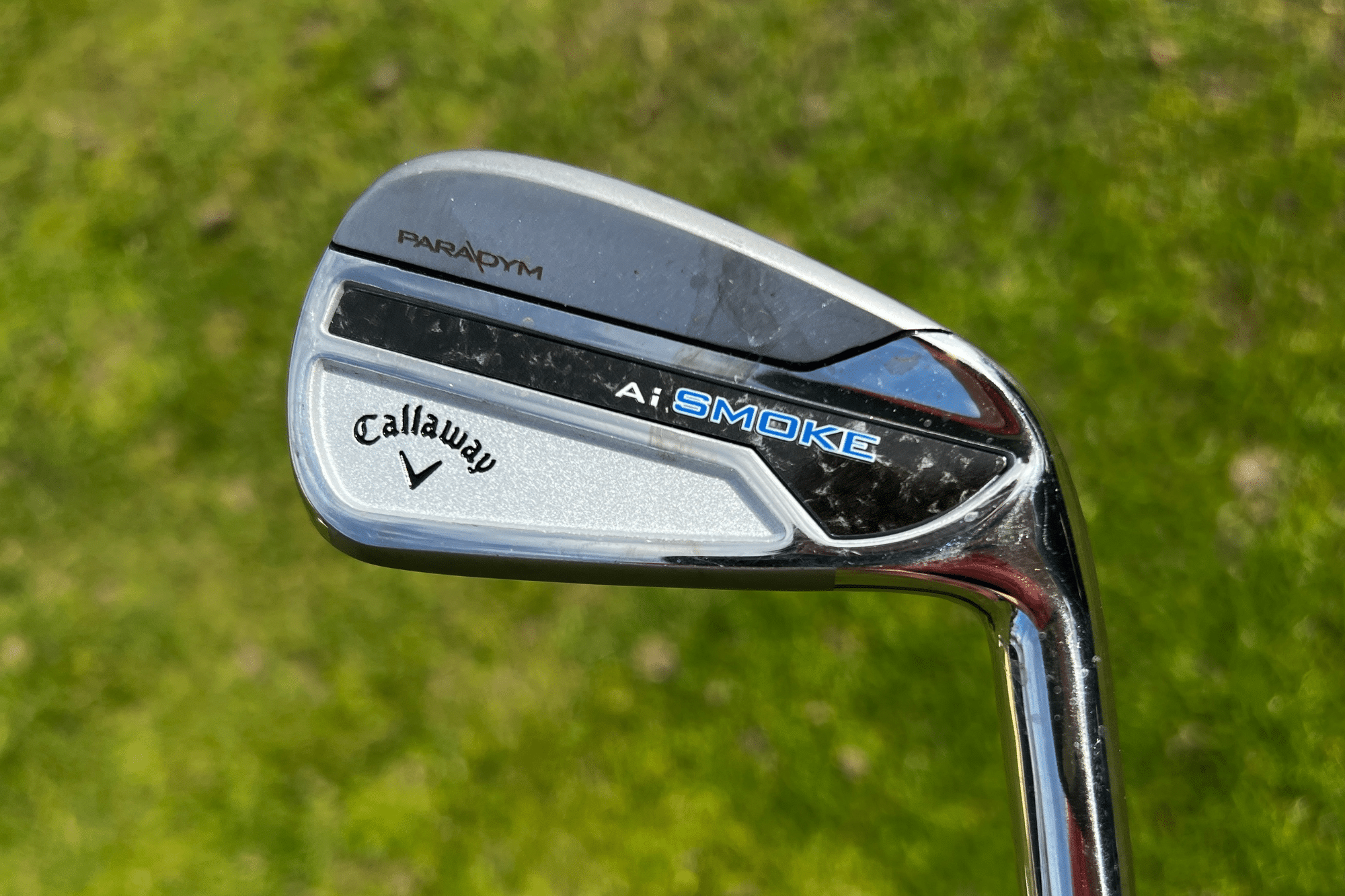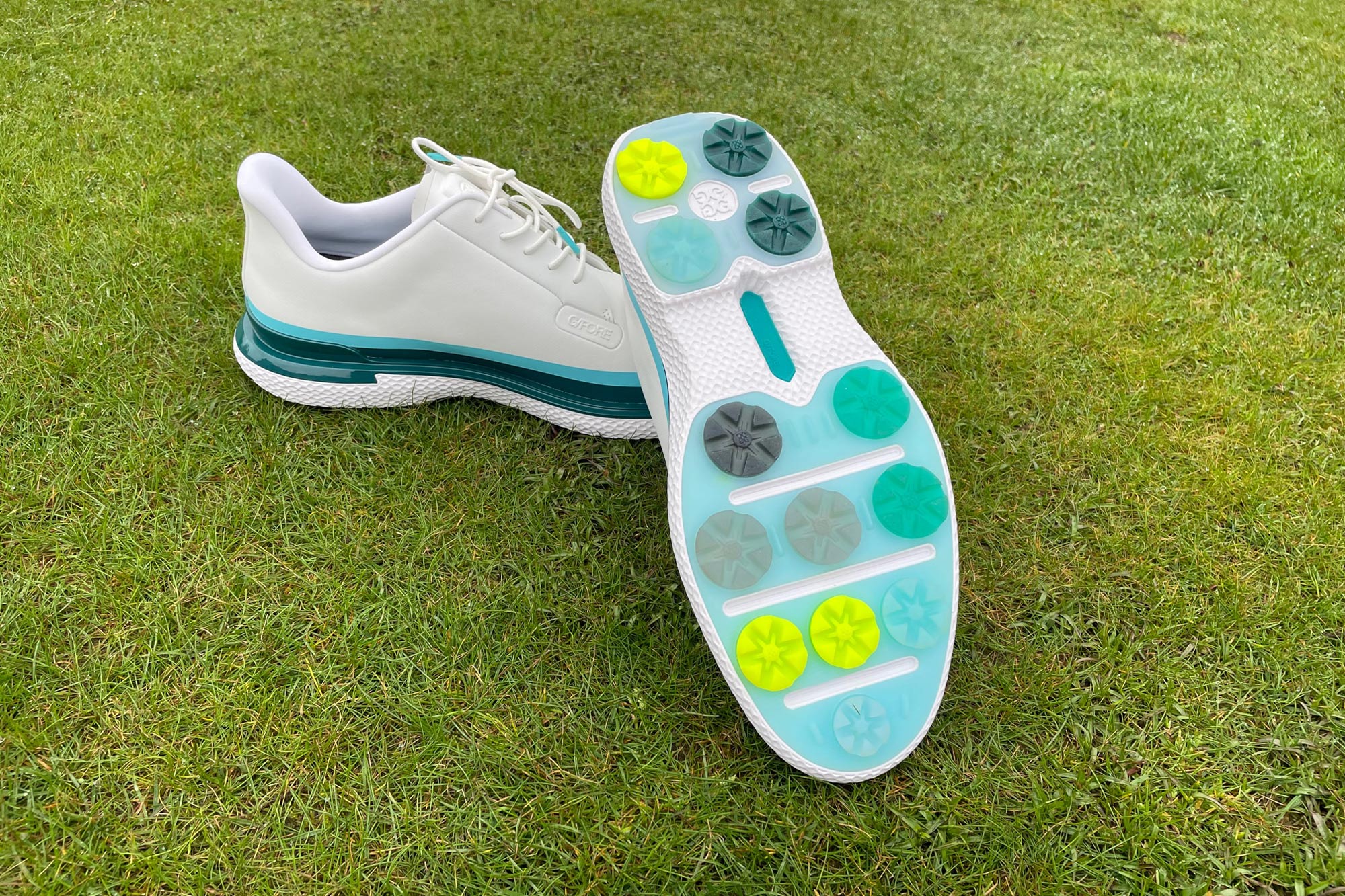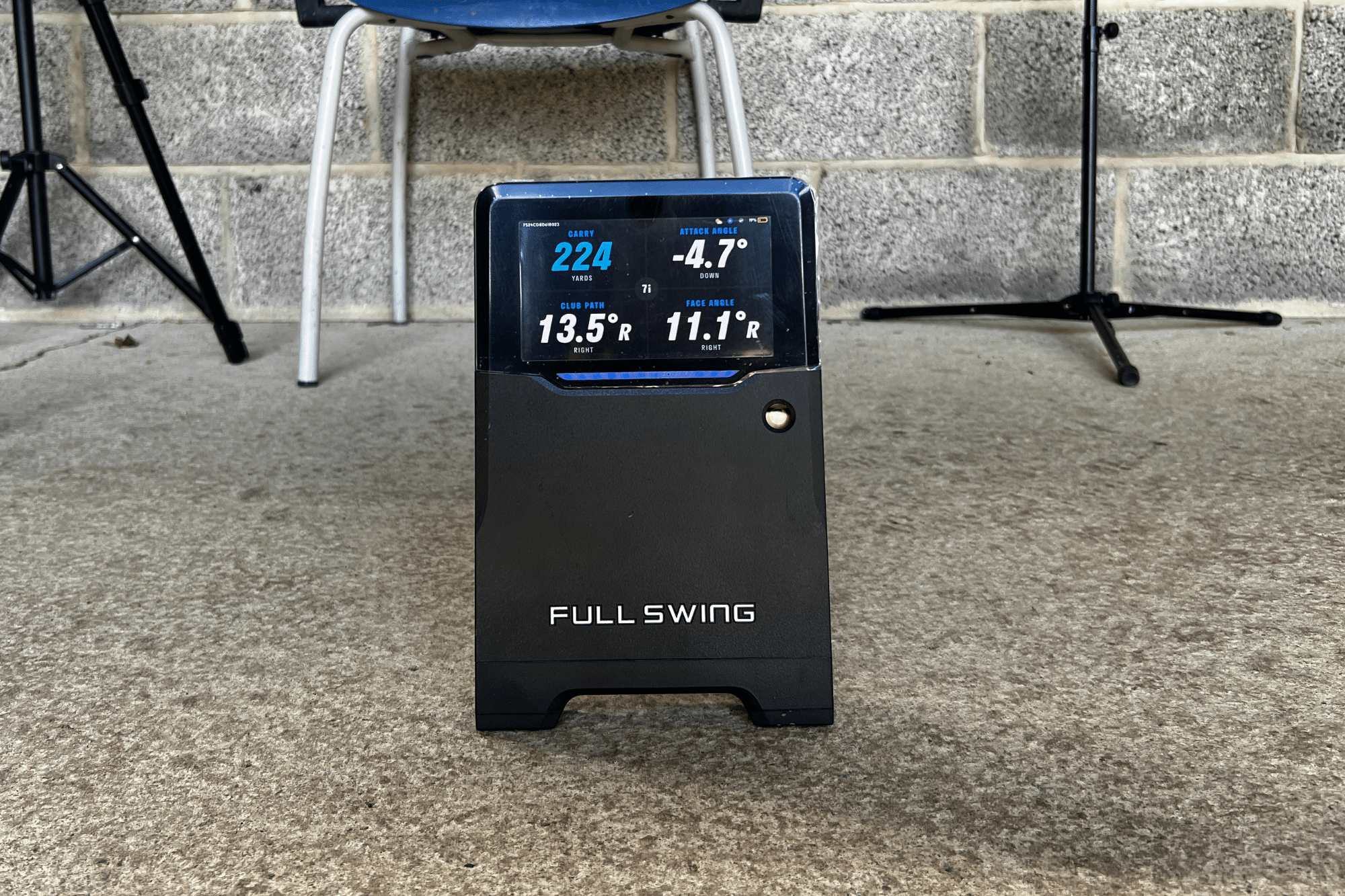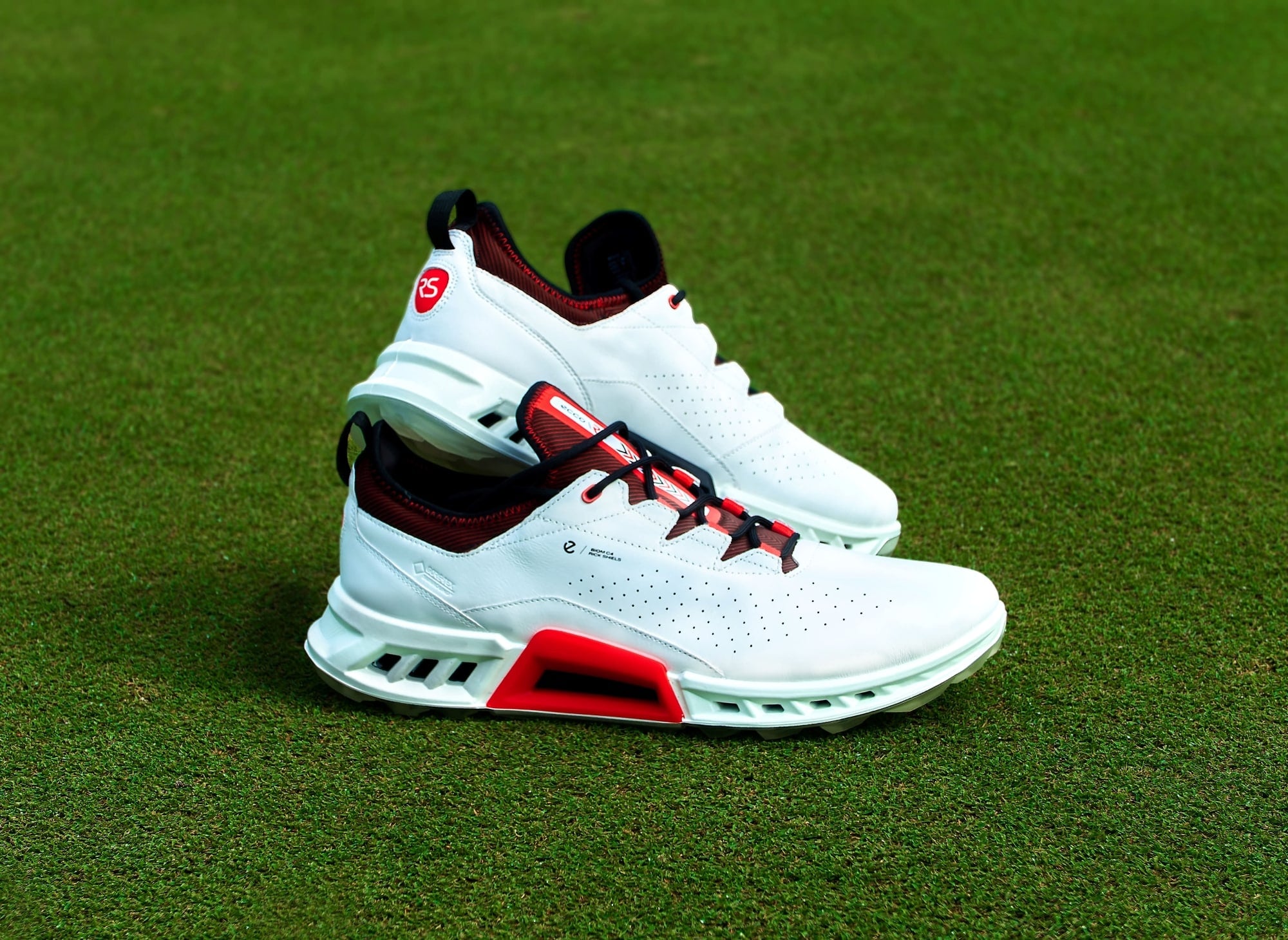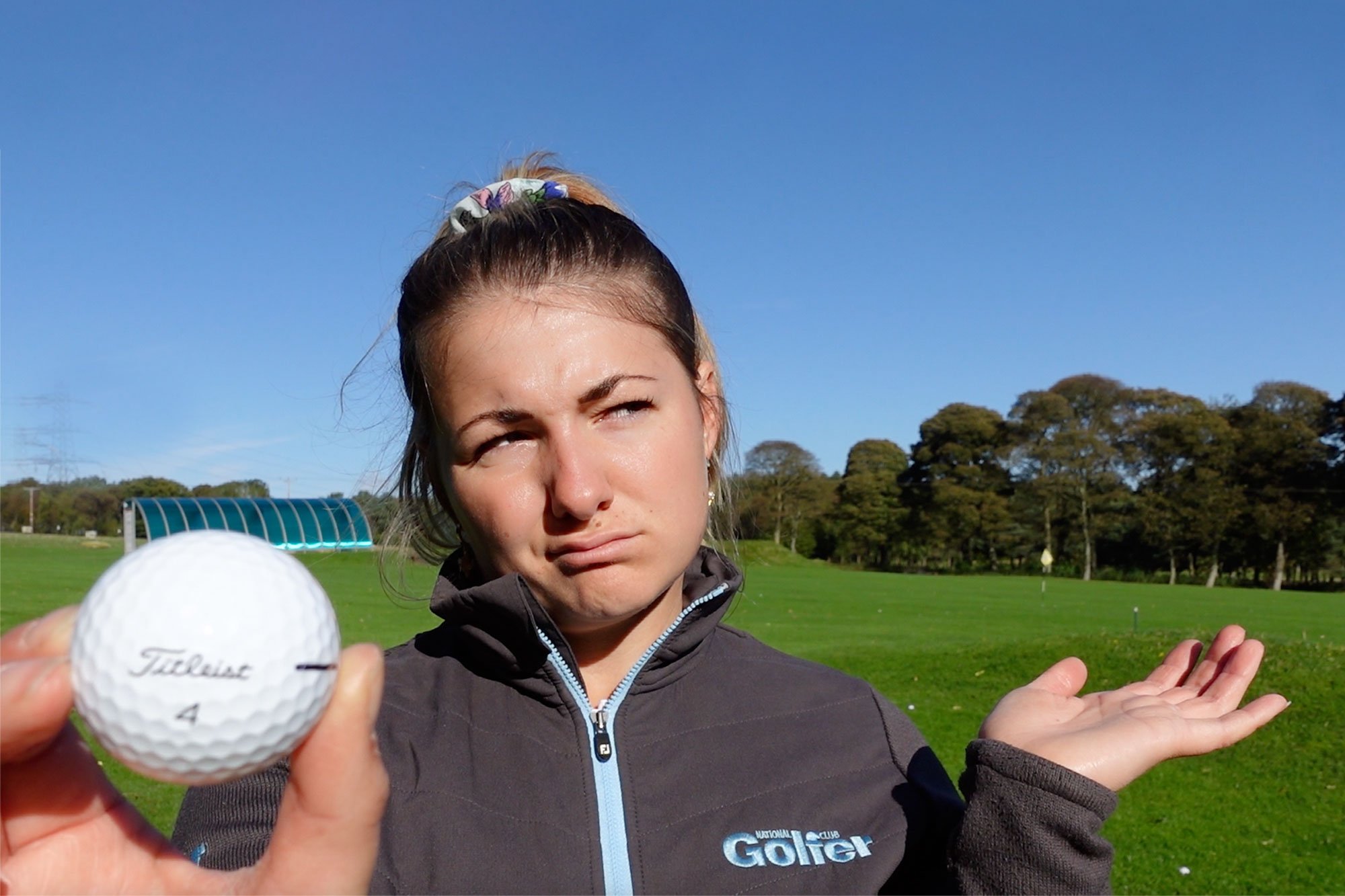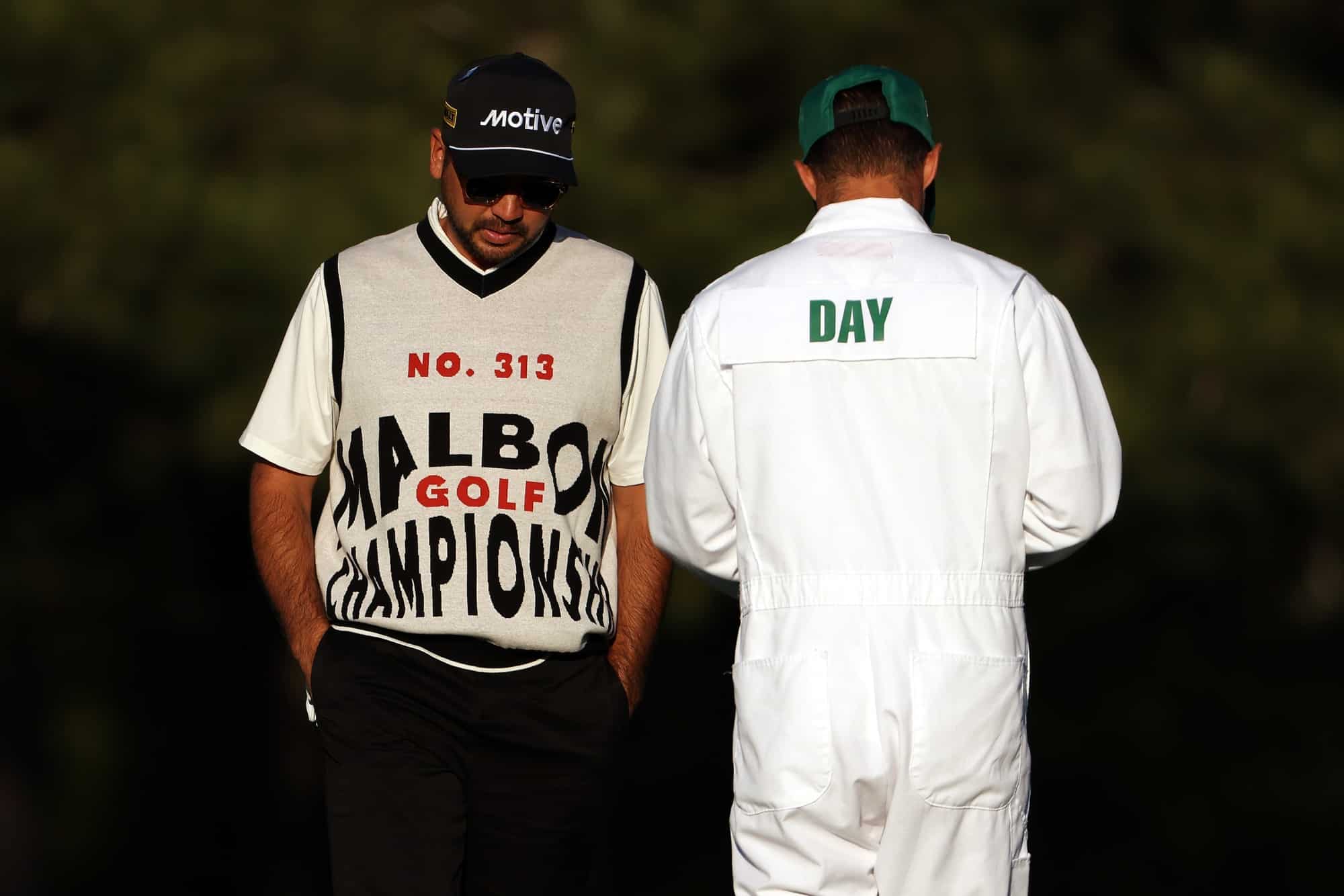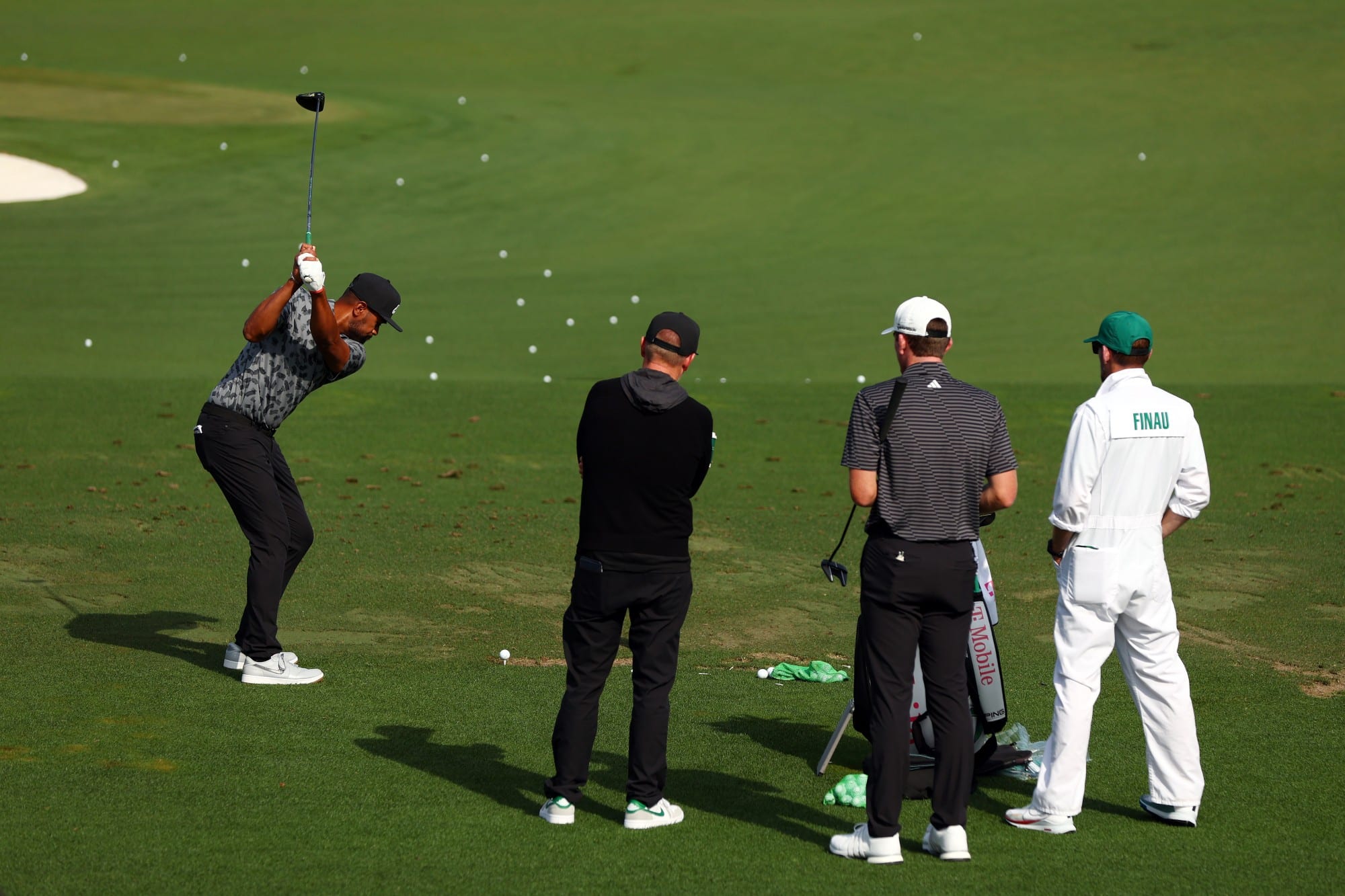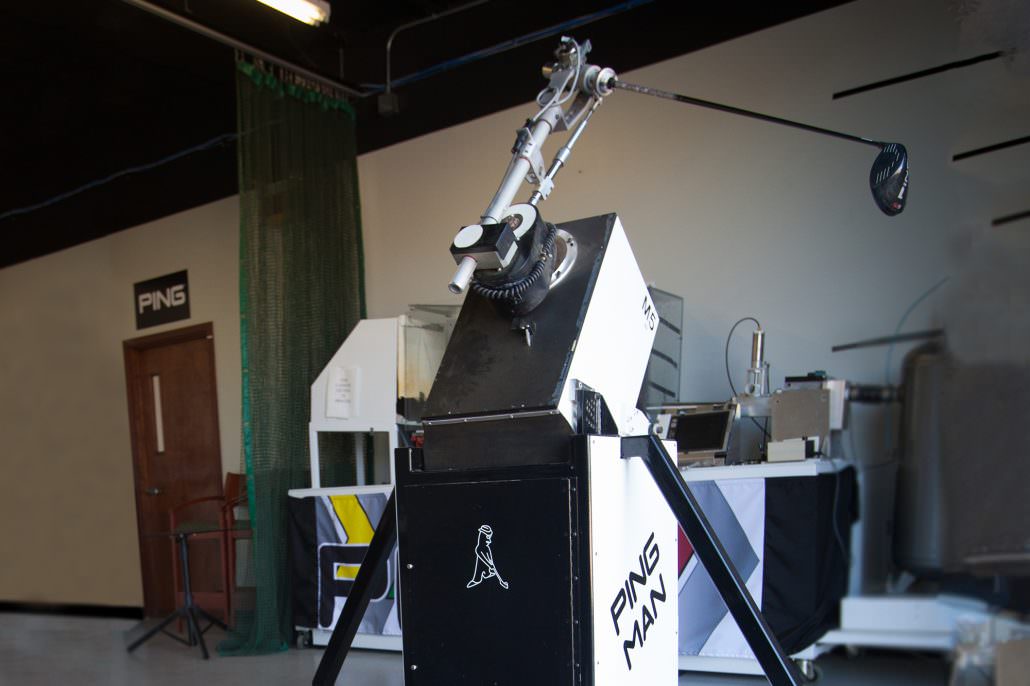
What do the R&A’s proposed rule changes on distance mean for golf equipment?
The findings of the Distance Insights Report from golf’s governing bodies means tour players may play different equipment to those of us at club level in the future. But what does this mean for golf equipment?
We already have numerous conformance specifications which restrict what manufacturers can and can’t do when designing and creating new golf clubs.
Now, though, the R&A and USGA are keen to make changes which will cause “a reduction in driving distance, reduction of the distance for other clubs in the bag, and lead to an enhancement in the balance between hitting distance and other skills”.
So how are they planning to do this?
In terms of specific club and ball changes there are a number of avenues that have been proposed. Let’s break each one down.
1. Reduction in the limit within the overall distance standard
The governing bodies are proposing a change to golf ball regulations so they can’t fly as far.
When new golf balls are released they are tested by the R&A and USGA to see if they are legal for competition play.
To do this they are hit with a mechanical golfer – a robot set up to swing the golf club at 120mph and launch it at a 10-degree angle.
For the ball to pass the test and be deemed conforming the overall distance must be under 317 yards with a three yard tolerance maxing out at 320 yards.
An interesting side note is that they plan to update this testing procedure. Currently they only test using the 120 mph and 10-degree launch angle perimeters, but in future want to test each ball at its optimum launch conditions – so anywhere between 7.5 and 15 degrees with 2,200 to 3,000rpm spin so they see the total optimised distance of the ball.
This means all current golf balls would need to be retested to see if they still meet the 320 yard limit under these new conditions.
2. Modification in the limitation of ball efficiency
The current rules put a limit on how quickly the ball comes off the clubface.
The golf ball may not leave the clubface any faster than 255 feet-per-second, so the likelihood here is a reduction in this number.
3. Other ball specifications
The bodies are also thinking about altering the size and/or weight of a conforming golf ball.
The current maximum golf ball weight is 45.93 grams and there is no minimum weight requirement.
The current minimum golf ball size is 42.67mm and there is no maximum size requirement.
4. Reduction in the performance of drivers: club length and clubhead dimensions (including volume)
The report is clear that they want to reduce driving distances, so it makes sense that they are planning to change the driver requirements specifically.
The proposal would see a reduction in the maximum shaft length from 48 to 46 inches. This is bad news for Bryson DeChambeau, who has been testing a 48-inch driver in recent months in a bid for those precious extra yards.
But it could also mean reducing the size of clubheads – so hang onto that 3-wood, it may be a handy replacement.
What is interesting is the reduction of club length is the only thing that is stated could be a separate local rule, meaning it would apply to all clubs in the bag – except putters.
Another worthy note is that the R&A and USGA’s deadline for comments on this particular portion of the proposal is March 4. So it could be in place for the Masters, a tournament at which some players – notably Bryson DeChambeau – has considered putting a longer driver in play.
5. Changes in the clubhead specifications on spring-like effect and moment of inertia, also considering the utilisation of radius of gyration limitations
There is a lot going on in this statement. First up, “spring-like effect” refers to how much the clubface can compress and decompress – essentially acting like a trampoline and springing energy back into the ball.
We already have rules monitoring this which is what the COR limits are for the current limit is 0.83 meaning no more than 83% of energy may be transferred from the club to the ball at impact. This will likely be reduced.
If you’re familiar with the Pendulum Test Protocol they use to measure this you may be interested to know they are also tweaking the testing tolerance for this process from 18 microseconds down to six.
In terms of “moment of inertia” – more commonly known as MOI – this is how much a golf club resists twisting when it comes into impact with the ball. The higher the MOI, the more forgiving a club is.
The current limit for MOI is 5,900 g-cm2 so we may see this reduced. Lots of people are in favour of this as they feel more forgiving clubs reduce the skill required to play the game.
“Radius of gyration”, meanwhile, as you may have read in my Cobra Radspeed introduction, refers to how far each weight or technology location on the club is from its centre of gravity.
So if, say, on a driver you increase the distance between the front and back weights this increases the radius of gyration and gives you a blend of increased ball speed, lower spin, and increased forgiveness.
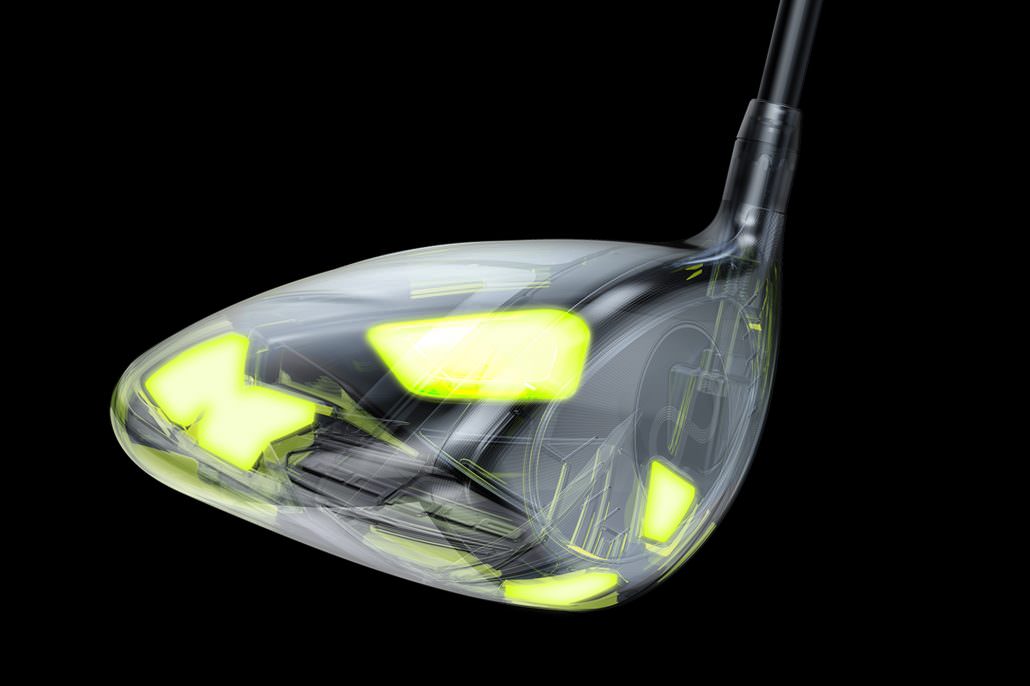
What they are suggesting here is new equipment rules could be put in place to limit how far apart weights are inside the club head thus limiting forgiveness and ball speed, and increasing spin.
6. Production of spin from all clubs from all areas of the course
This is an interesting one – particularly the “from all areas of the course” part.
When new golf balls are released players always say they want less spin off the tee for more yardage and more spin with their irons and around the green. This statement suggests the governing bodies are prepared to potentially have minimum and maximum spin levels for different areas of the game.
It’s worth noting at this point that none of these points have been finalised by the R&A or USGA, who are describing them as “areas of interest” to be explored further.
Your say…
What do you think of the proposed changes? Let me know in the comments below, or you can get in touch on Twitter.
You can read more about the proposals for the Distance Insights Project on the R&A website, where you can also find details on how you can get involved in the process.
Subscribe to NCG
Hannah Holden

Hannah Holden is the Equipment and Instruction Editor here at National Club Golfer. If you’re looking to improve your game, by changing your golf swing or upgrading your golf equipment she’ll have the answers.
As well as writing lots of features and reviews you can find her on our YouTube channel giving you insights on the latest rules, clubs and tips to improve your golf game.
Hannah is a member at Alwoodley golf club. You will either find her here or driving up and down the country playing in a variety of elite amateur events.


